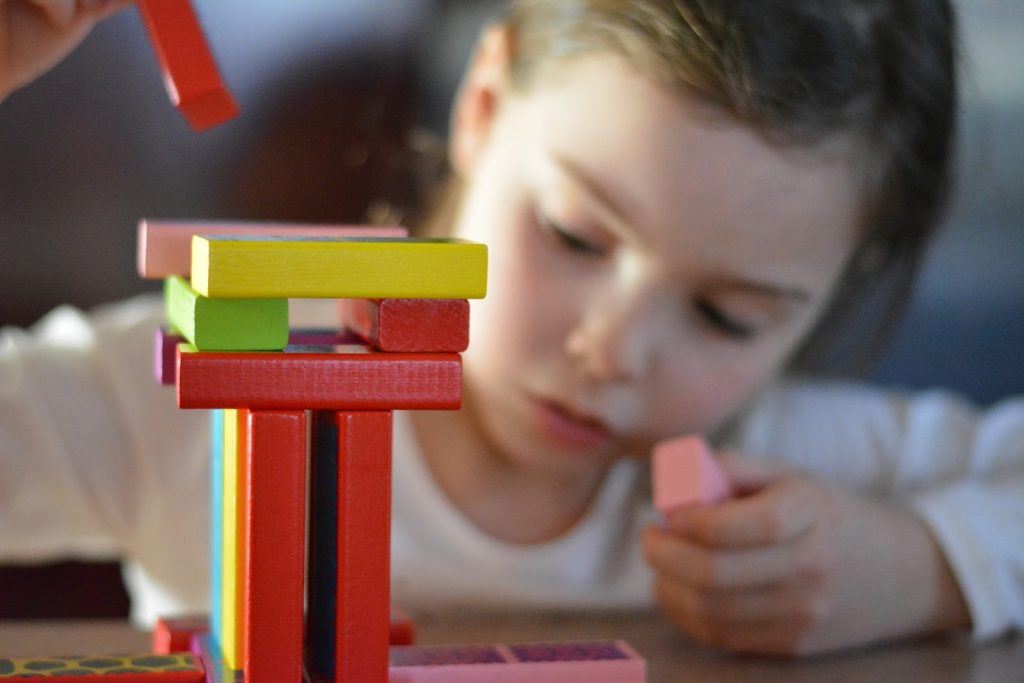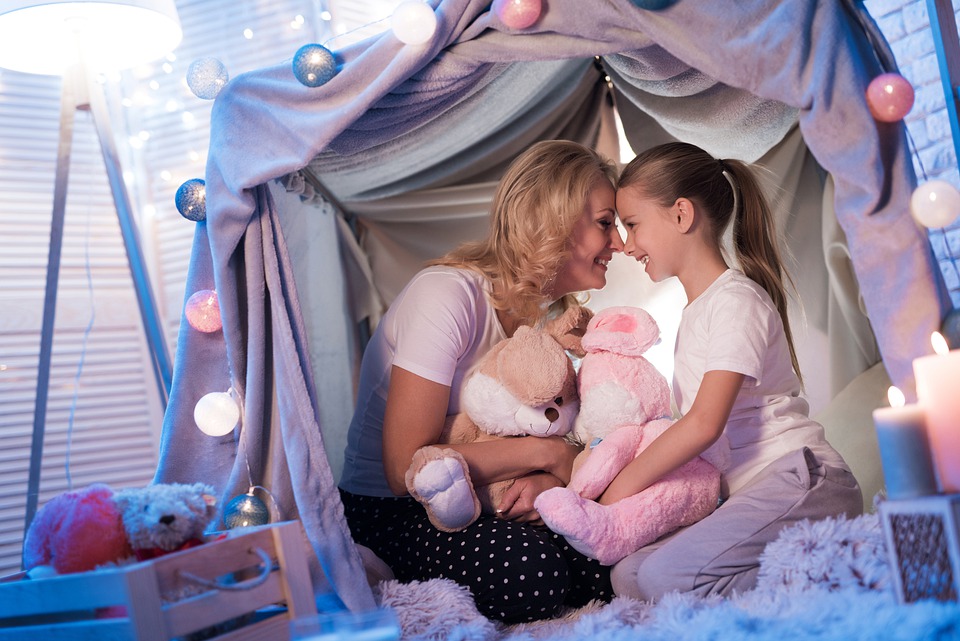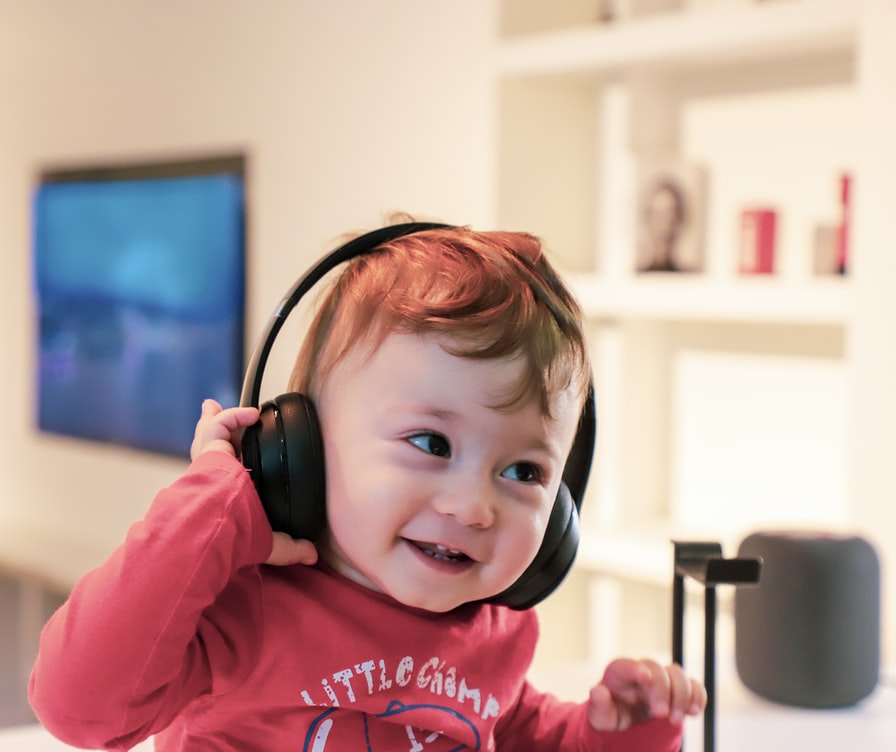
Photo: Pixabay
Having a home office is a common scenario for many working parents these days, and often, they’re on the clock while their kids are home. Many children are able to safely occupy themselves while Mom and Dad are toiling away, but for the nearly 1 in 54 kids who have autism, staying entertained can be a challenge. This is due in large part to sensory sensitivity, a common struggle for those with autism spectrum disorder (ASD), which makes some seemingly-kid-friendly activities too overwhelming.
However, there are plenty of great ways parents can entertain their sensory-sensitive child while working from home. We’ve rounded up a great list of activities that are designed to be gentle on the senses but engaging enough that children with ASD will be able to enjoy them for long stretches of time with minimal supervision, allowing their parents a minimally-disruptive workday. As a bonus, many of these activities will not only be calming and therapeutic, they can help develop skills in your child, including improved:
- Hand-eye coordination
- Motor function
- Sensory tolerance
- Focus and concentration
Keep in mind that although these activities can be done without constant supervision, it’s recommended your child participate in them in the area where you work. If your home office doesn’t have the space for your child to play, it’s a good idea to have a video monitor so you can keep an eye on them from time to time, or at least set them up in an area within earshot. As always, be mindful of small objects!
Consider Your Child’s Unique Needs
Children with ASD may struggle with sensory issues related to one or multiple stressors. Especially because your goal is to entertain your child without needing to directly supervise her, be sure to consider her unique needs before setting up activities for her so she’ll feel more secure doing them on her own. For example, if your little one is sensitive to sound, be sure you outfit her with activities that won’t leave her ears ringing.
Build a Tabletop Sensory Box
Sensory boxes are often recommended for children with autism. They provide a soothing way to pass the time, and they can even expand a child’s sensory abilities by slowly introducing textures slightly outside her comfort zone. They’re also highly customizable, because you can fill them with one of several different materials, including:
- Water
- Sand
- Shaving cream
- Dried beans
- Dried rice
Once you’ve chosen what to put in it, add on an activity that will help your child stay engaged for long stretches of time. For example, toy boats that float along the surface of the water will let your child play sea captain; if she’s still getting comfortable with wet sensations, this also provides her an opportunity to have contact with water without it being an overwhelming experience. Similarly, burying small items she can dig out of sand or rice allows her to be an archaeologist. If your child likes creating order from chaos, you can use different varieties or colors of dried beans to give her the opportunity to sort them.

Photo: Pixabay
Build a Blanket Fort
This is a project parents and children can work on together, although you don’t have to spend a lot of time pitching in. Simply help with the structure (throwing a blanket over a few chairs is a quick and easy way to build the shelter), and then give her pillows to use for flooring and seating. From there, she can add stickers and tape up artwork, then arrange her favorite toys in her new nook. In addition to being a great project on its own, a blanket fort will also give your child a safe space to spend some time in, and she can even use it to engage in other sensory-friendly activities or simply read a book or color.
If your mornings are hectic, you can save time before starting your workday by setting up your fort the night before. Be warned, though: your child may just want to sleep there!
Make Homemade Playdough, Slime, or Oobleck
Although a popular go-to activity for kids of all abilities, making and playing with homemade playdough, slime, or oobleck can be especially beneficial for children with autism by introducing them to new textures (and even colors) in a fun way. Each only takes a few minutes to make, so whipping up these concoctions won’t take a lot of time out of a parent’s day. Plus, playing with it can offer hours of fun to little ones.
Here are a few easy-to-make recipes for each:
Build an Obstacle Course
Not only will an obstacle course keep your little one occupied, it can be a great way for her to get a little exercise. She’ll also enjoy helping build it, so it’s a win-win activity! Try incorporating one or more of these features:
- A “balance beam” using a piece of tape on the floor or a line of pillows
- Small objects for her to hop over
- Chairs she can weave through
- Pool noodles set atop chair seats she can crawl under
Also try to find ways to add activities that ensure your child will stay engaged for as long as possible. For example, you can add a few stations where she has to complete a puzzle or draw a picture.
Lastly, consider using an empty hallway or an open living room rather than your child’s bedroom to set up your course. Kids’ rooms should be calm, non-stimulating areas, which becomes increasingly important when it’s time to hit the hay each night.
Ask Your Child to Groom the Family Pet
If you have a furry pet, the act of brushing its fur can be extremely therapeutic for a child with autism. Show her how to gently groom your cat, dog, or other pet with a grooming brush, or give her a flat object to use as a “brush,” which is especially helpful if your child is young and you’re concerned she won’t know her own strength while caring for your critter. Keep in mind the goal is not to have a well-groomed pet, so even animals like rabbits and guinea pigs can be “groomed” if they’re a source of support for your little one.

Photo: Unsplash
Get Musical
If you have an old instrument lying around, ask your child if she’d like to try playing it. There are online music tutorials that can help her get started, or you can let her experiment. Of course, this may not be appealing to kids who are sensitive to sound, but if you demonstrate how to softly play it, this could be a great activity for getting her more comfortable with noise.
You can also give her a pair of noise-cancelling headphones to help reduce or even completely eliminate the sound. Some children may find it soothing to simply stroke the strings of a guitar or tap the keys on a piano while envisioning the music in their head rather than hearing it out loud.
Get Creative with Arts and Crafts
Not only is this go-to activity a great way to keep your child occupied for hours on end, it’s a wonderful way to introduce her to textures she may not yet be comfortable with. Start by giving her materials she already finds soothing; supplies like construction paper, felt, pipe cleaners, craft foam, and yarn are usually kid-approved even for those with sensory-processing disorders like autism. Then, try giving her additional materials that may be slightly outside of her comfort zone, such as:
- Burlap
- Chalk
- Crepe paper
- Glitter
- Glue
- Natural elements, including feathers, leaves, and pine cones
- Oil pastels
- Sand
- Sandpaper
- Sequins
- Tin foil
Fingerpaint
Fingerpaint can be a gentle way to get children more comfortable with textures they’re not yet used to. Don’t be afraid to think outside the box: you can also use shaving cream or even water to get kids to participate in this activity. If your little one is still reluctant, you can start off with a paint brush; she may be so enthralled that she takes the initiative to dip her fingers in on her own.
As a parent, you want to spend as much time with your kids as possible. When you have a child with autism, you feel an even greater responsibility to make sure you’re there any time she feels overwhelmed by sights, sounds, smells, and other stressors, but working from home doesn’t always allow the opportunity to spend endless time actively engaging in play. Offering your sensory-sensitive child the opportunity to participate in any of the above activities provides a way to keep your kiddo entertained without overwhelming her, and it gives you the freedom to work from home more productively.
